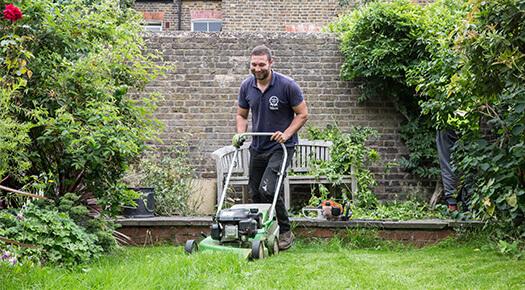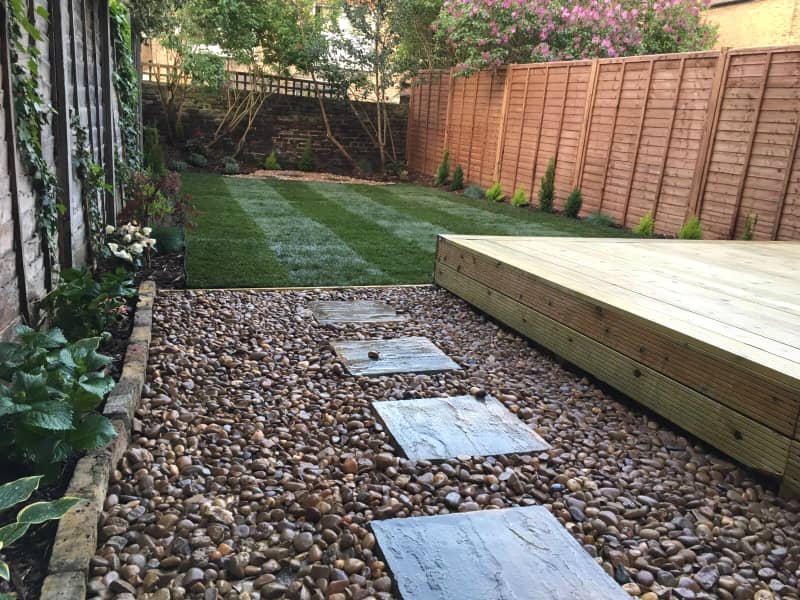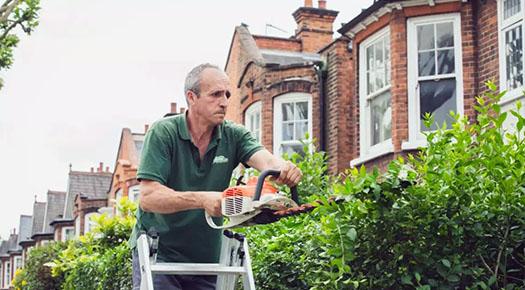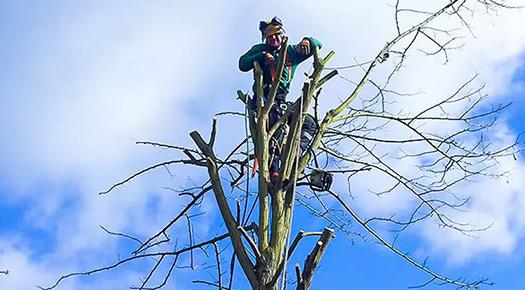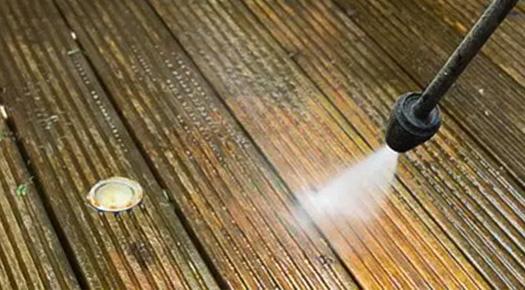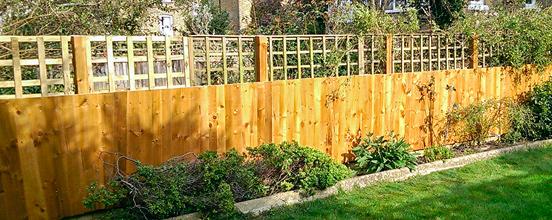Book professional lawn aeration services in London for a healthy lawn
- Relieves soil compaction and improves drainage
- Promotes healthy root growth and a greener, stronger lawn
- Completed by professionals using specialist equipment
- Can be booked as a stand-alone service or as part of ongoing lawn care

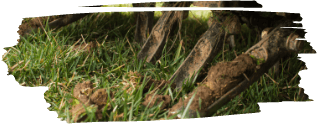
How a lawn aeration service works
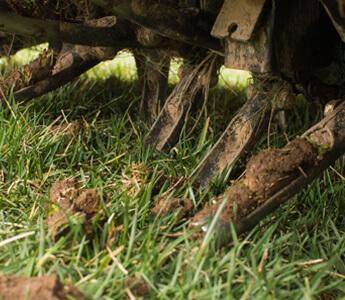
If you need a contactless appointment we will do our best to provide it. However, because the condition of lawns can vary so widely it's preferable if someone is able to meet the gardeners so they can explain their assessment of what's needed.
Once the details are agreed your lawn specialists unload their equipment and get to work. Grass aeration in London is completed using hollow tine aerators. These specialist tools leave tiny holes in the lawn which allow air, water and nutrients to penetrate the soil so that root growth is boosted. This makes the grass more vigorous and able to grow more strongly than weeds, which tend to proliferate in overly compacted, waterlogged or nutrient-poor soil.
The process of aerating leaves small plugs of soil and grass on the surface of the lawn, you have several options as to how these are dealt with. They can be left on the lawn to dry then broken up with a lawnmower (if your lawnmower is of a type that will be up to the job), or broken down by raking. Alternatively, the gardeners can collect the plugs up. You can then either dispose of them or turn them into compost.
Why is lawn aeration important?
Over time the soil beneath lawns becomes compacted, impacting the ability of roots to access air, water and nutrients. This can result in a lawn that's prone to waterlogging in heavy rainfall and vulnerable to yellowing and dieback in periods of drought. Weeds that are more tolerant to heat, dry or wet conditions will tend to outgrow the grass. Aeration offsets all of these problems.
- Lawn drainage is improved so there is less likely to be a problem with moss or waterlogging
- Aeration reduces the amount of sub-surface thatch and improves the growth of new healthy grass
- Roots are able to penetrate the soil more deeply improving drought resistance
- Creating conditions that allow the grass to thrive means it's better able to compete with weeds
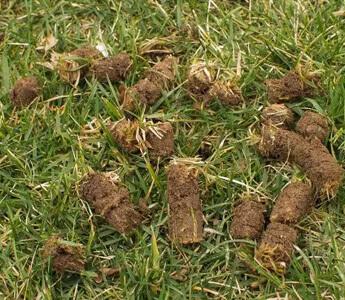
When to have your lawn professionally aerated?
Lawn aeration is best completed in spring or autumn. Ideally, the soil should be moist enough to allow the tines to penetrate easily, but not so wet that walking on the lawn will compact it.
Most people choose to get the grass aerated in spring so that as the grass comes into its most vigorous growth it will heal quickly. Autumn aeration is also beneficial, as it helps the soil and lawn to recover from hot summer months and opens up soil compacted by people walking over the lawn or children playing through the summer holidays.
You can find more information on when is the right time to aerate your lawn in our extensive post "What is Lawn Aeration: Why, When and How to Do It?".
Lawn aeration specialists near you:
Frequently asked questions

Have a specific gardening or plant-related question?
If so, click on “Ask now”, submit your question, attach the appropriate images and press send. Your question will be forwarded to one of our Fantastic Gardeners who will get back to you with an answer ASAP.

